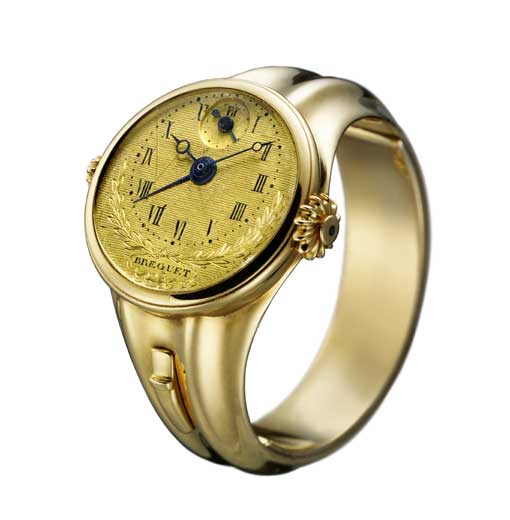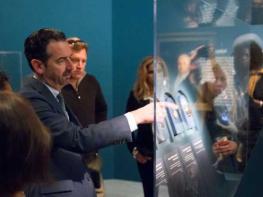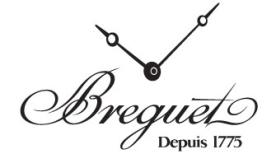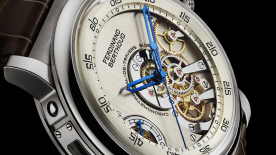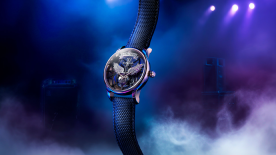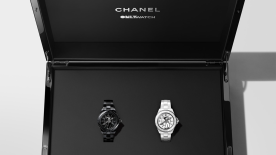Everything or almost everything has been said and written about Breguet, but not everything has been shown. The work of its founder, Abraham-Louis Breguet, still harbours many surprises that are continuing to emerge in this 21st century. The mastermind behind this work of (re)discovery is none other than Emmanuel Breguet, a direct descendant of the great man and currently in charge of the brand heritage. His latest horological ‘composition’ is currently being performed in San Francisco through an exceptional themed retrospective.
From L’Abbaye to Silicon Valley
Emmanuel Breguet, curator of the exhibition, is well aware of the magnitude of the task: “it took us a year of planning to be able to come here to the Legion of Honor Museum in San Francisco, and then another year of organisation to gather together 77 models. Almost all of them are from our heritage, but not all”, he explains.
Marc Hayek, CEO Breguet, provides further insight: “The choice of this museum was carefully thought out. This is the first time we are exhibiting in a museum of this stature on American soil, but its proximity to Silicon Valley also appealed to us, since Breguet was also a technological-driven, visionary individual well ahead of his time”.
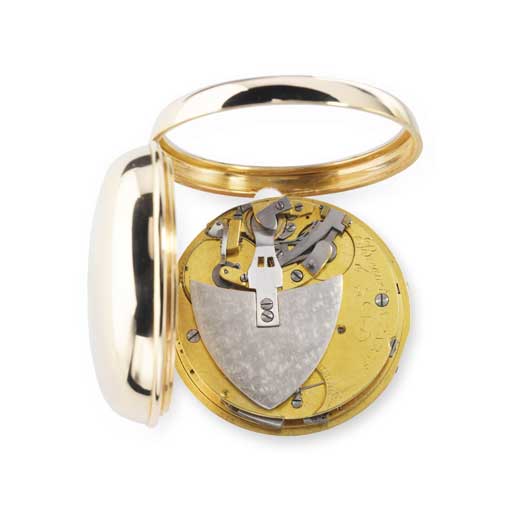
Major milestones in watchmaking history
The exhibition is not about merely hauling out from the company treasure troves a bunch of models that have already been widely exhibited. While some have indeed been viewed before, this is a first showing for others. Among the must-see and previously unseen pieces, Breguet revealed an extraordinary resonance model within which the two oscillators, as its name indicates, are in a state of natural resonance with each other. A unique creation endowed with outstanding technical sophistication of a level that even daunts contemporary watchmakers. Emmanuel Breguet recalls with a smile: “When our R&D teams saw it, they immediately wanted to open it up and immerse themselves in its intricacies to see how it works”. Could that mean the Maison might once again take up this monumental horological challenge that F.P. Journe is virtually the only watchmaker to have recently attempted? The current custodian eludes the question by stating that “one never knows, but we already have a lot of projects in hand.”
In an entirely different register, enlightened connoisseurs will note this small 1921 Art Deco carriage clock. A rare, not particularly technical model in itself, but testifying to an era to which the Maison does not often allude. Although there are many who would like Breguet to devote more attention to this particular age in watchmaking history, Marc Hayek explains that “There are no plans in this respect for the time being. We don’t like doing too many period-based Breguet exhibitions. The Manufacture has a history that should be considered as a whole”. We will thus have to make do with this model representing a rare testimony to an era that will preserve its secrets for the time being.
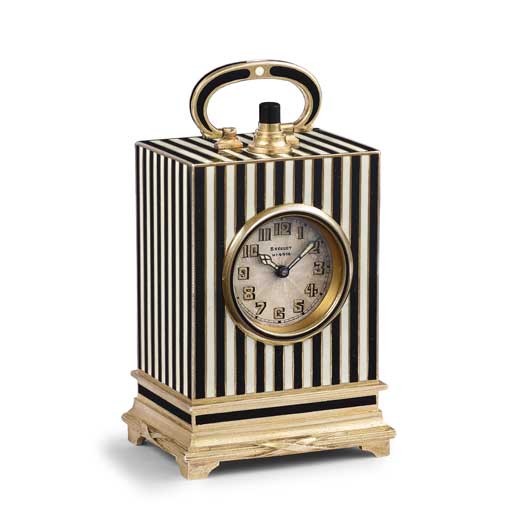
A Breguet alarm-ring
Among the other curiosities of the exhibition is an 1836 alarm ring. “This is a model that reflects the diversity of the mind-set of Abraham-Louis Breguet”, says Emmanuel Breguet. “He was always brimming with new ideas. Many people advised him to focus exclusively on watches, to step up production volumes and thus to make a fortune. That did not appeal to him. He constantly innovated and explored new paths. We never made a fortune, but have instead inherited an incomparable rich horological heritage!”
It is thus impossible to mention all the major works on show of this exhibition: the catalogue of the 77 pieces on show comprises 170 pages. We will confine ourselves to taking a fascinating look at the first self-winding model by Breguet.
The “first self-winding watch with an oscillating weight” is variously ascribed to Sarton, Perrelet and others. “When an idea is buzzing around, it circulates and can emerge in various ways and in different places”, admits Emmanuel Breguet. He adds however that “Breguet was the first to have commercialised it”, thereby emphasizing the pragmatism of a man who saw watches first and foremost as items to be won. He created the process in 1780 and named it ‘perpétuel’, a word that also aptly describes his own enduring genius.
